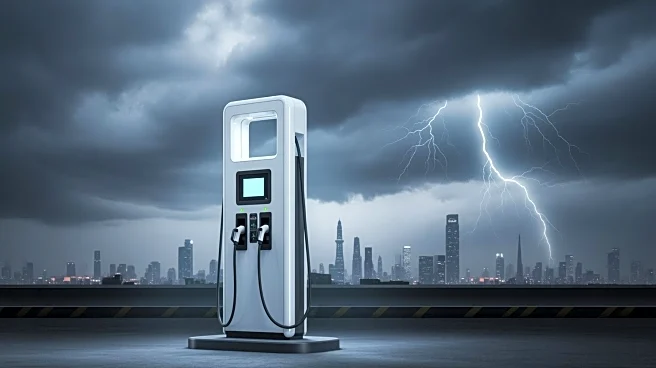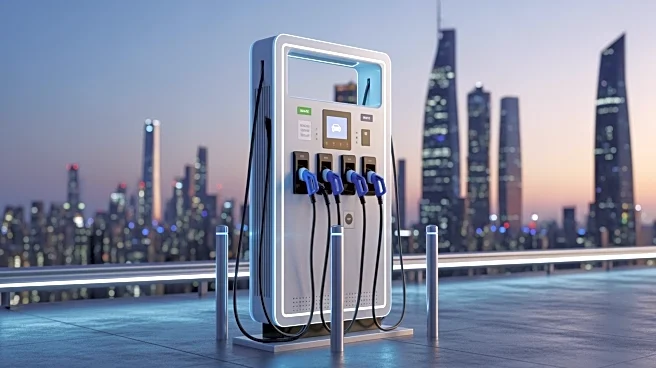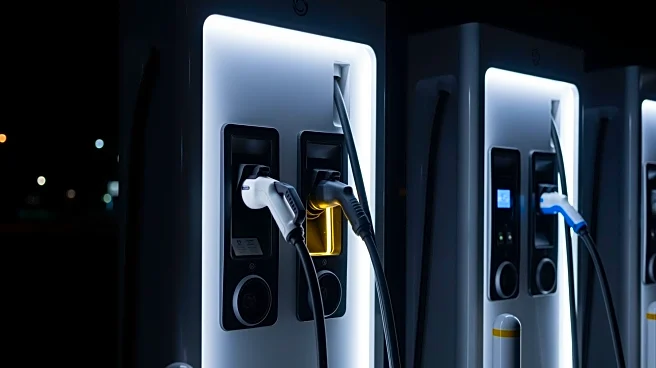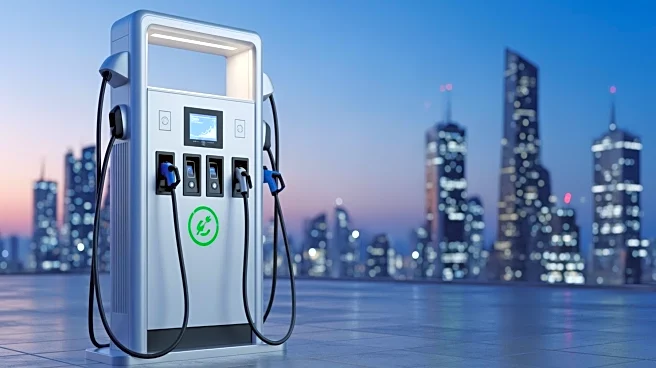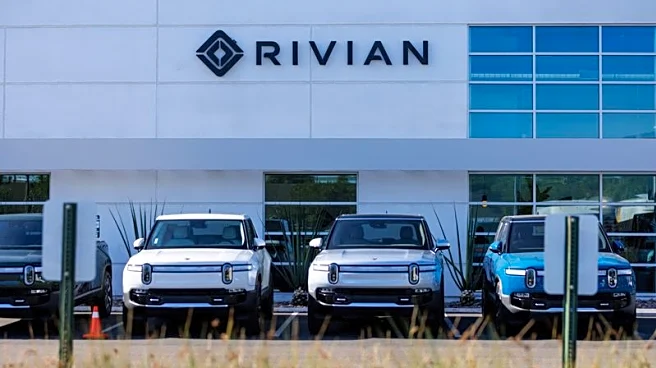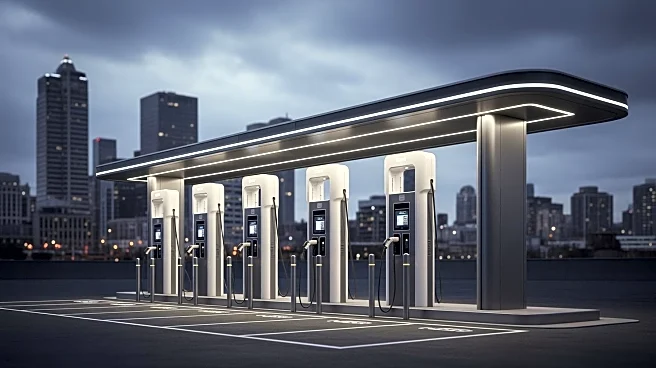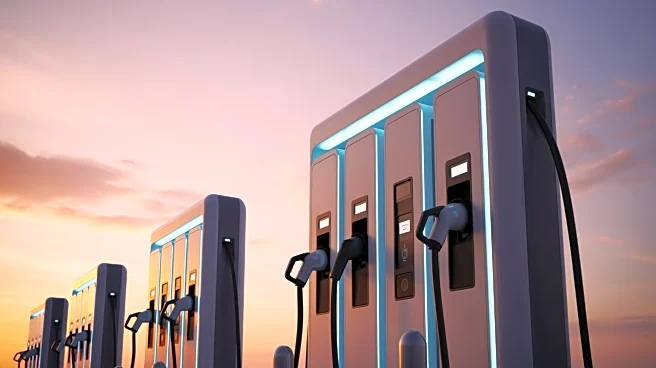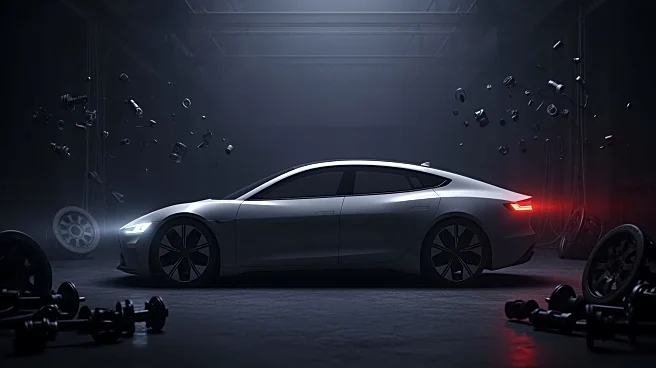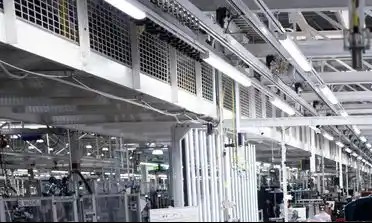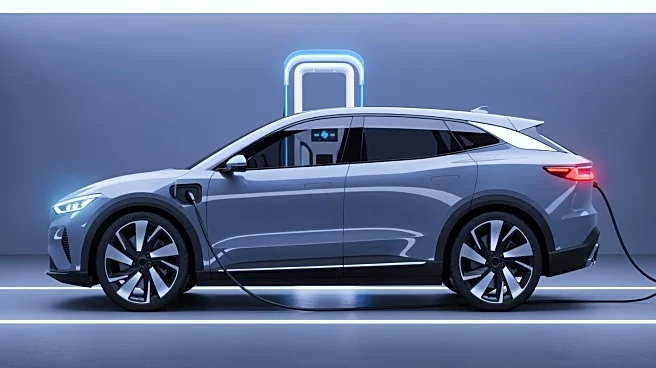What's Happening?
Electric vehicle manufacturer Rivian is set to lay off approximately 4% of its workforce, affecting over 600 employees. This decision follows a previous reduction of 1.5% of its workforce, primarily impacting
the commercial team. The layoffs are part of Rivian's strategy to improve operational efficiency as it prepares for the launch of its R2 model in 2026. The company is also responding to recent changes in U.S. government policies that ended EV consumer tax incentives on September 30, which are expected to negatively impact electric vehicle sales. These incentives previously offered up to $4,000 for used vehicles and $7,500 for new vehicles. Rivian's R1S and R1T models only qualified for $3,750 in incentives due to compliance with critical mineral sourcing requirements. Despite these challenges, Rivian remains committed to the R2 SUV launch, although it reported a net loss of nearly $1 billion in the second quarter of this year.
Why It's Important?
The layoffs at Rivian highlight the broader challenges facing the electric vehicle industry, particularly in light of changing government policies and fluctuating consumer demand. The removal of tax incentives could slow down the adoption of electric vehicles, impacting manufacturers like Rivian that rely on these incentives to make their products more affordable. The company's decision to cut costs and streamline operations is crucial for its long-term sustainability and competitiveness in the market. Rivian's focus on the R2 model, with a starting price of $45,000, suggests a strategic shift towards more affordable options to attract a broader customer base. The outcome of these measures will be closely watched by industry stakeholders, as it could set a precedent for other EV manufacturers navigating similar challenges.
What's Next?
Rivian's next steps involve continuing to streamline its operations and focus on the successful launch of the R2 SUV. The company will need to address the financial pressures from its recent net loss and the potential decrease in sales due to the end of tax incentives. Stakeholders will be observing how Rivian adapts its business model to maintain competitiveness and profitability. Additionally, the company may explore alternative strategies to offset the impact of policy changes, such as enhancing its supply chain or exploring new markets. The response from consumers and investors will be critical in determining Rivian's future trajectory in the evolving EV landscape.
